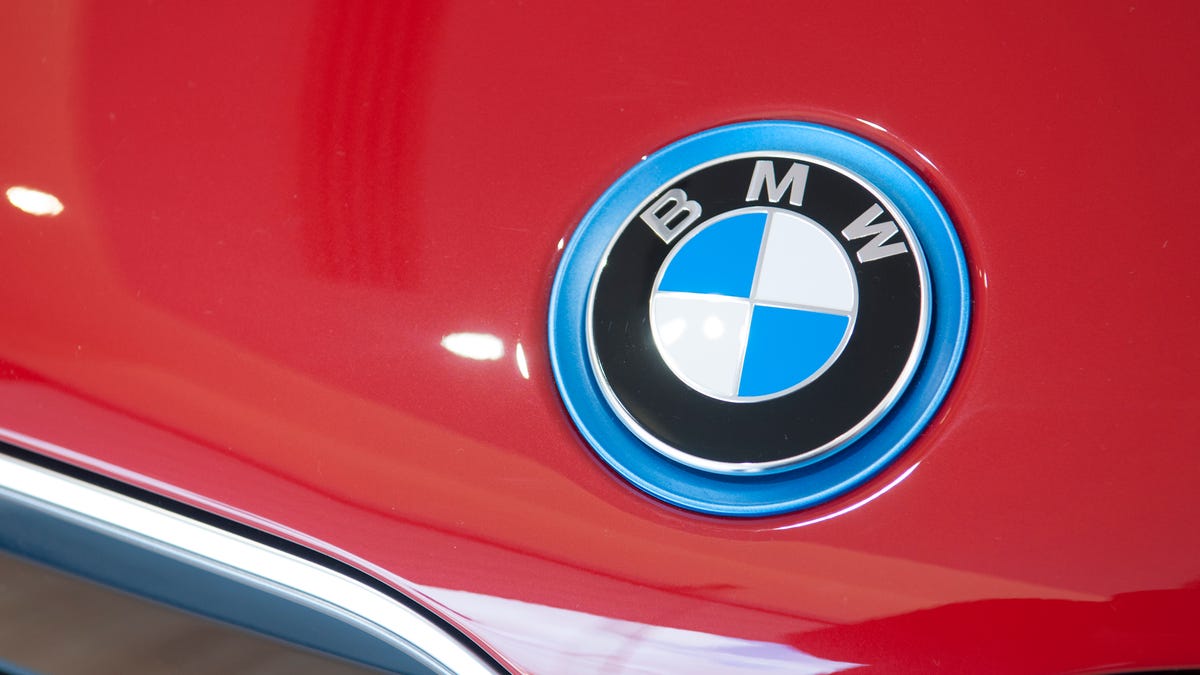BMW invests in Desktop Metal to bring metal 3D printing to cars
3D-printed plastic parts are already gaining traction, but metal is still a ways off from becoming everyday reality in the auto industry.
3D printing has the chance to improve the auto industry's manufacturing efforts, and as BMW's latest investment shows, it's not just about plastic.
BMW i Ventures, the automaker's venture capital arm, announced an investment in Desktop Metal, a startup devoted to 3D printing metal objects. BMW wants to help accelerate the rollout of this technology in both its design and manufacturing departments.
"Advances in metal 3D printing are driving innovation across a wide range of automotive applications," said Uwe Higgin, BMW i Ventures managing partner, in a statement.
3D printing is a type of "additive" manufacturing, meaning it applies layers of material to create a physical object based on a computer rendering. It's able to quickly and efficiently produce prototype or final pieces, and as such, it can be a boon for companies that want to check a part's viability in the real world without waiting for an injection-molded piece to take shape.
Metal 3D printing is slightly different than its more common plastic counterpart. A laser melts layers of metallic powder together. With grains no larger than half the diameter of a human hair, these printers can create complex shapes in small sizes, and it can work with both aluminum and steel. It also drastically cuts down on waste material, which can provide financial and environmental benefits. Audi used a similar process to create parts for a 1:2-scale Auto Union racecar as a proof of concept.
"From rapid prototyping and printing exceptional quality parts for end-use production, to freedom of design and mass customization, Desktop Metal is shaping the way cars will be imaged, designed and manufactured," Higgin said.


